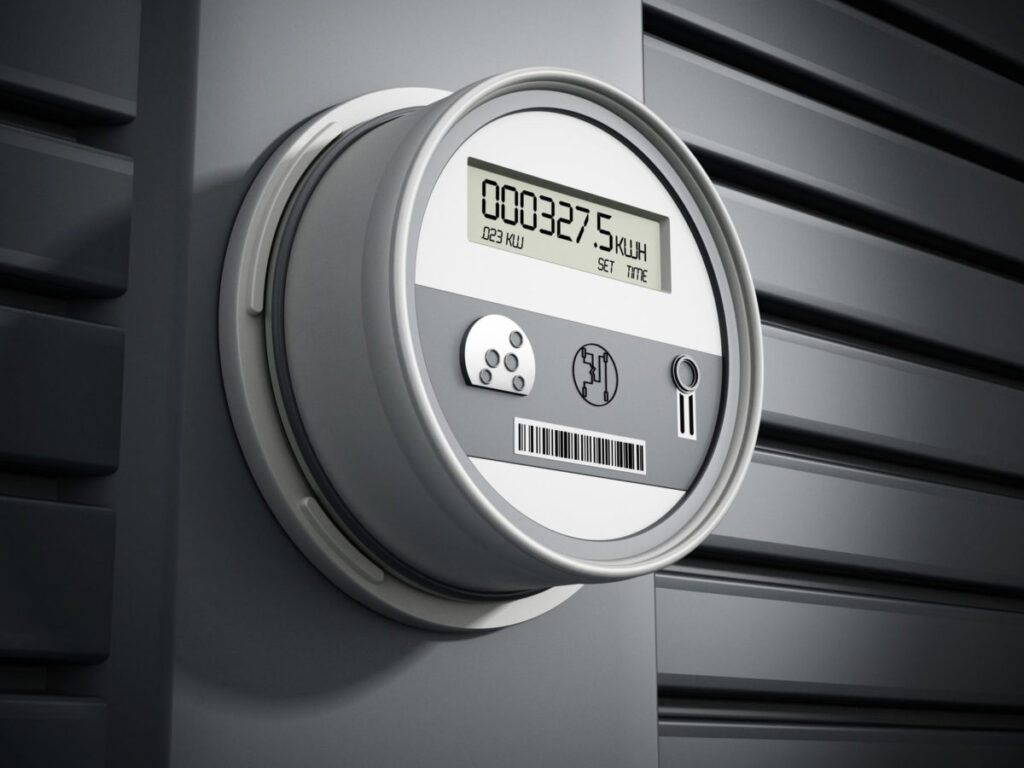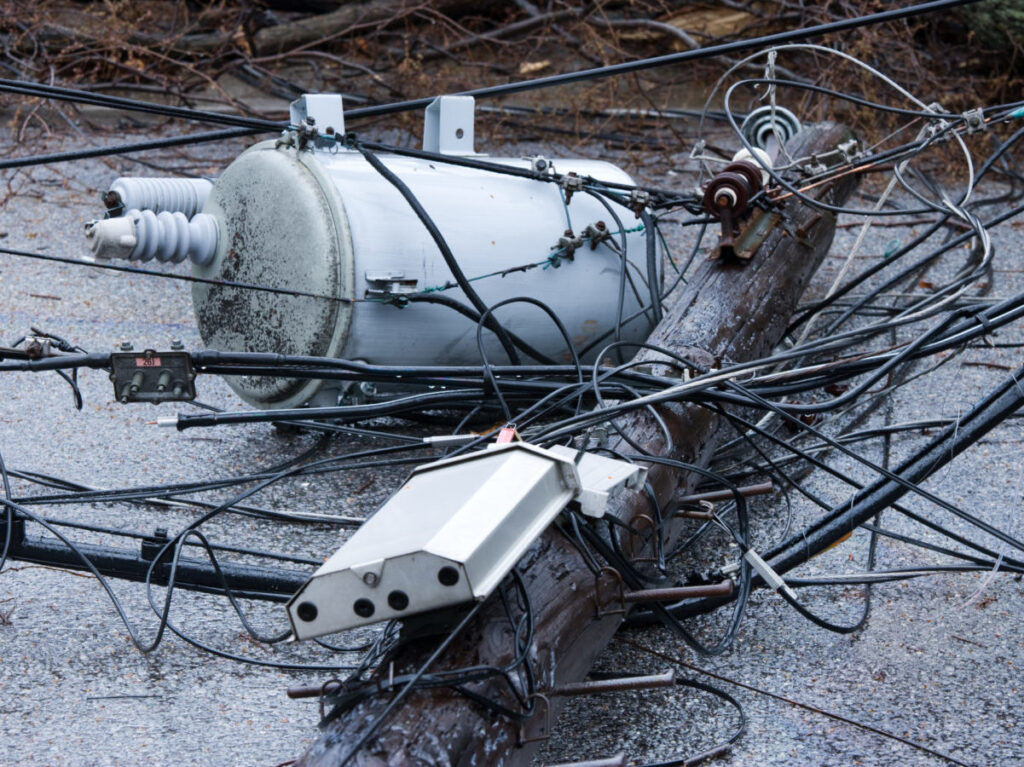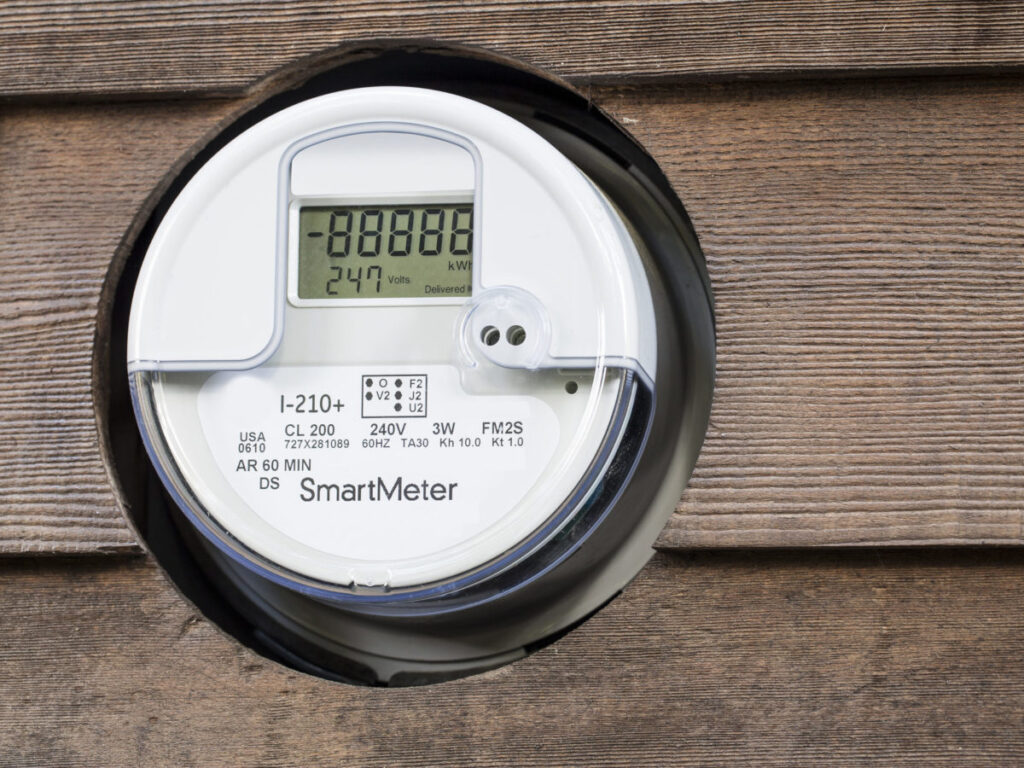JD Powers Customer Satisfaction leaders – what’s analytics have to do with it? Part 2 – outages

As we reported recently, the new JD Power’s J.D. Power 2018 Electric Utility Residential Customer Satisfaction Study is out and it is good news for utilities.
For the seventh consecutive year, customer satisfaction is up, which JD Powers believes this is large due to more pro-active communications with customers, especially about outages. Curious minds want to know what analytics leaders have deployed to improve outage restoration and, in doing so, elevate customer satisfaction.
Here is what the leaders are doing:
East Large Segment: PPL Electric Utilities*
2017 has been PPL’s “most reliability year ever”; customers experienced 550,000 fewer interruptions in 2017 than in 2007. The utility has a multi-pronged approach to reducing outages, including deploying smart devices on the grid, using analytics to improve equipment maintenance, and installing lighting strike protection equipment. Of note is the application of analytics to improve vegetation management, a primary cause of storm-related outage. PPL has seen a double-digit reduction in vegetation related outages using LiDAR-based 3D mapping, analytics, and location-based work management software.
South Large Segment: Georgia Power*
Georgia Power uses analytics to predict outages more quickly than the traditional method based on customer call-ins. The system identifies power outage areas by AMI reporting software that pings smart meters. A filtering logic is used to exclude meter data (momentary outage, planned outages, etc.) that is not appropriate for analysis. The outage management system (OMS) applies algorithms to the filtered AMI data and SCADA data to predict outage areas.
West Large: Sacramento Municipal Utility District (SMUD)
SMUD recently won the Distributech 2018 Customer Engagement Award for it outage related analytics project. SMUD uses sag-swell data from smart meters to identify when a customer’s service voltage is outside of the +/- 5 percent nominal service voltage range. Analytics applied to aggregated data allows the utility to identify malfunctioning substation load tap changers, overloaded equipment, failing service transformers or poor conductor connections in the field. In the first two years, customer-initiated power quality claims have decreased by 48% and the accuracy of outage estimated restoration times increased to 91%. In addition, SMUD has an initiative to combine post-outage customer survey data with data from the OMS such as outage duration, to build a complete picture of the individual customer experience.
South Large: Florida Power & Light (FPL)
Beginning in 2016, FPL began an initiative to build systems to maximize the efficiency of outage response. One of the projects developed as part of that initiative – the iOMS – has gone into full production. iOMS was developed to speed up “single customer” ticket resolution and reduce on-site investigations related to customer equipment. The system uses analytics applied to smart meter, OMS data and text (mined from the customer communication). Algorithms identify tickets related to customer equipment. The algorithms were developed in-house in consultation with FPL’s experienced Restoration Support Group. Now more tickets are resolved remotely in an automated way. Customers receive notification of the resolution along with suggested steps to take for resolving outstanding issues with their own equipment (for example, checking the main breaker). For more information about this project’s achievements, check out Integrating Artificial Intelligence into Outage Management Systems at Florida Power & Light.
This is just a sampling of what JD Powers leader are doing to shorten outage restoration time and improve restoration communications. Utilities will also want to look at storm forecasting. Companies like Duke have used storm forecasting to make sure there are enough resources in the right locations to restore power. That will become increasingly important as extreme weather events plague utilities.





